Sale!
Description
Description :
A chord dependency diagram is a graphical representation used to visualize relationships or dependencies between different entities or variables. It typically consists of a circle divided into segments, with each segment representing a category or variable. Lines, or “chords,” connect the segments to show the strength or presence of dependencies between them. Chord dependency diagrams are commonly used in data analysis, network visualization, and systems modeling to uncover connections and dependencies between various components.
Purposes :
Only logged in customers who have purchased this product may leave a review.

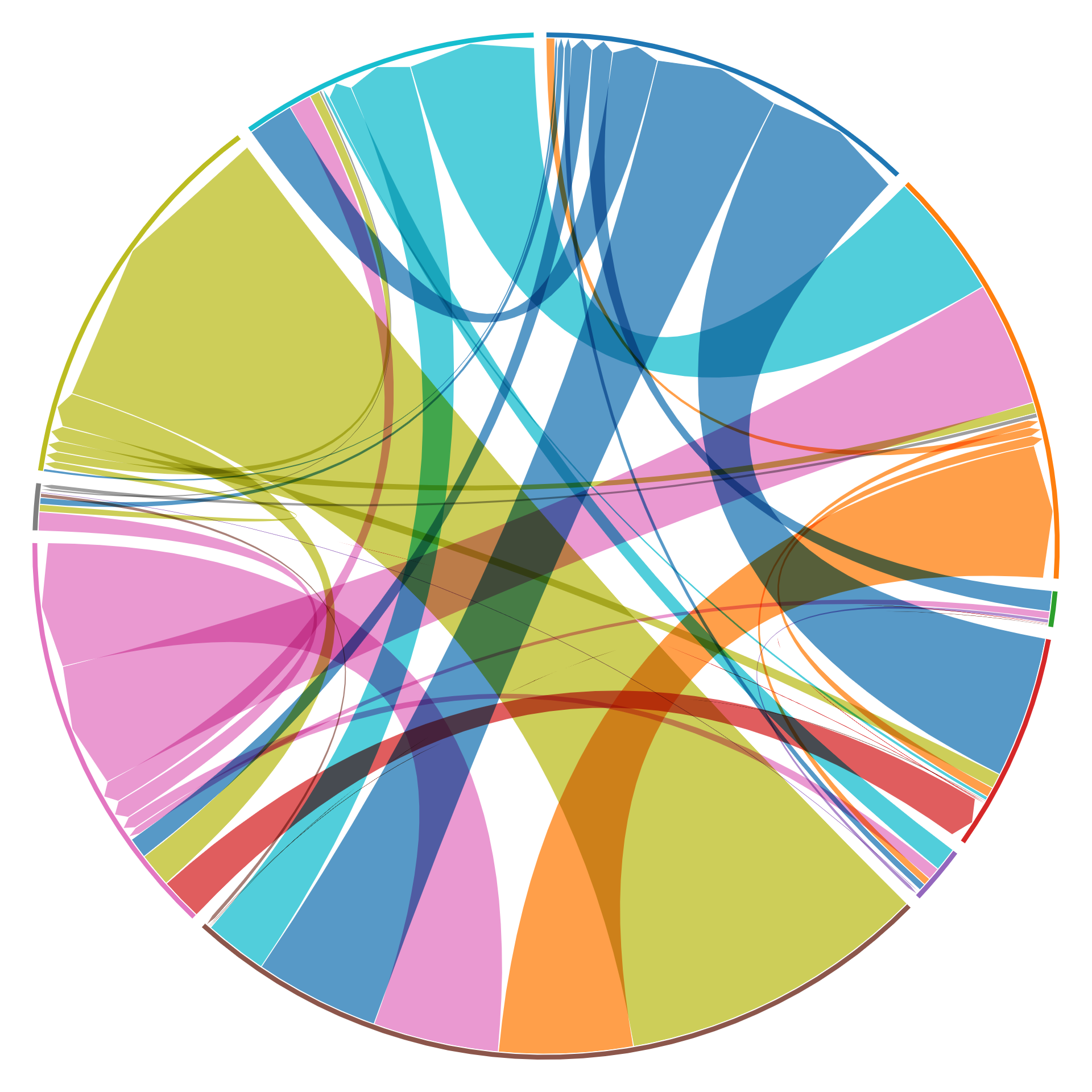
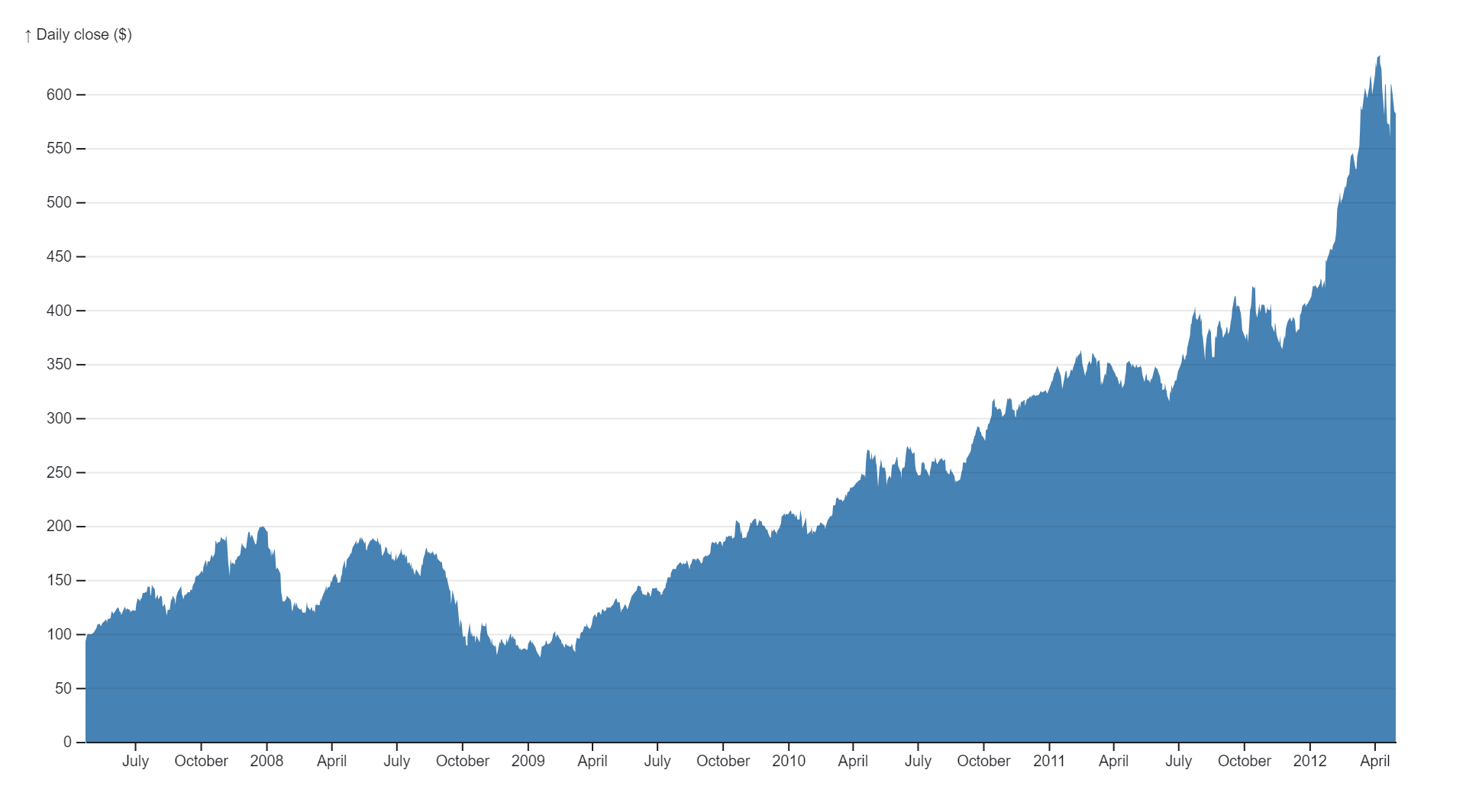
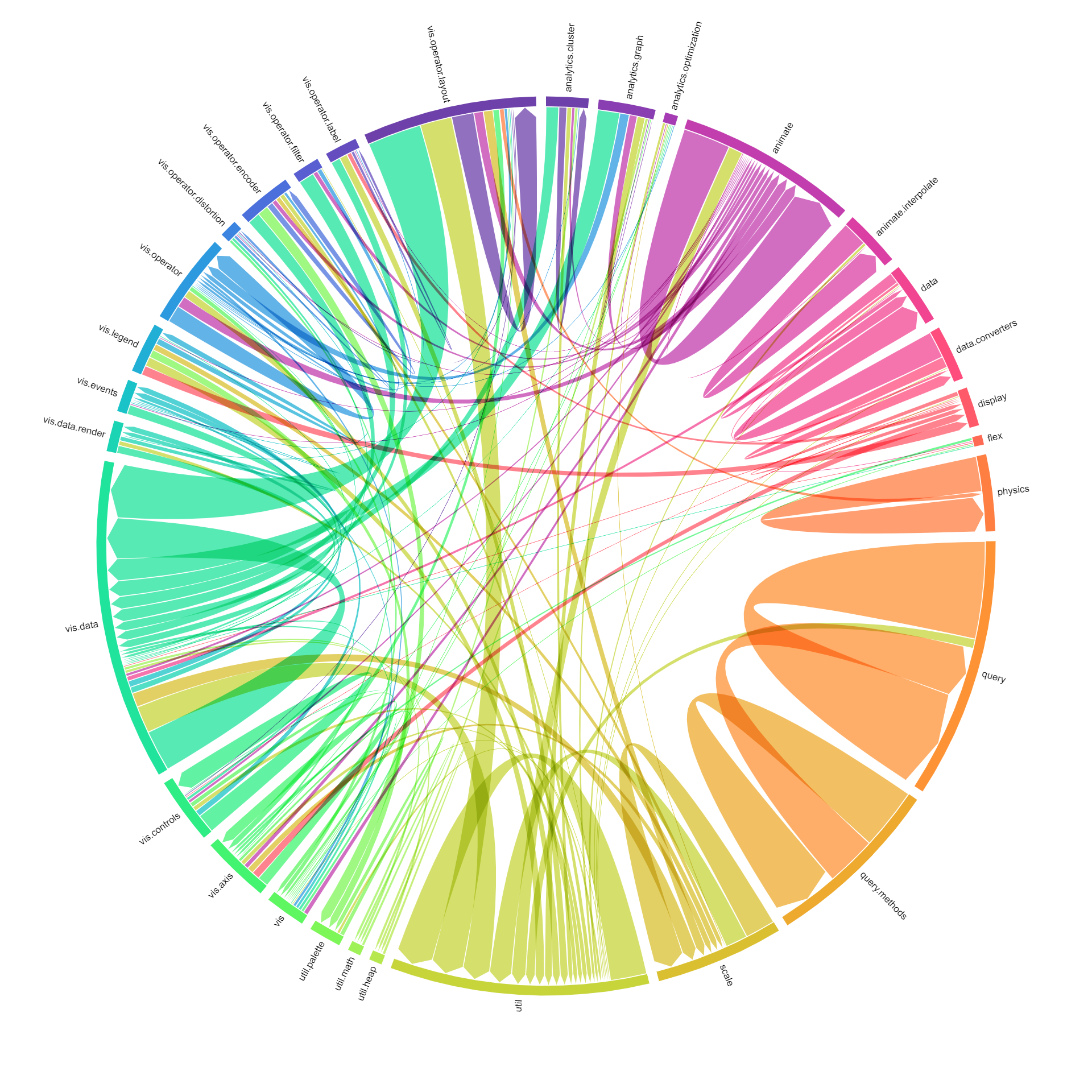

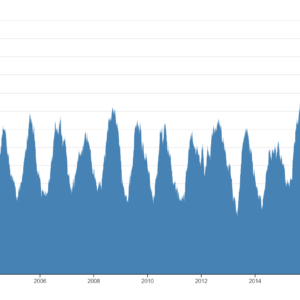
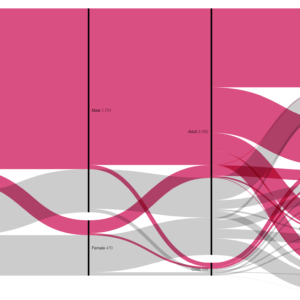
Reviews
There are no reviews yet.